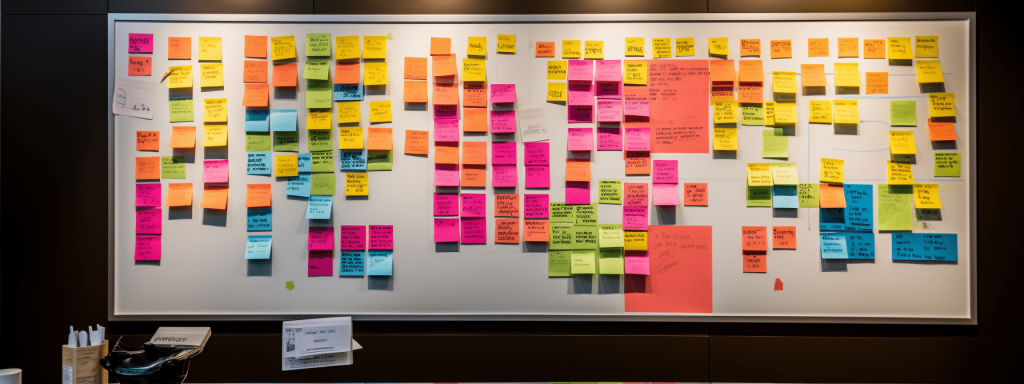Exploring Effective Examples of Customer Journey Orchestration
In the rapidly evolving world of customer experience, businesses big and small recognize the value of customer journey orchestration. From forging deeper relationships to encouraging customer retention, customer journey orchestration allows businesses to anticipate customer needs and deliver at the right time, with the right message. In this article, we will unpack the key facets of this method and demonstrate its value across various examples of customer journey orchestration.
Understanding the Concept of Customer Journey Orchestration

In the simplest terms, customer journey orchestration refers to the process of guiding a customer through their interaction with a service or product. It involves recognizing and responding to the customer’s unique needs, wants, and preferences in order to deliver the best possible experience.
The concept of customer journey orchestration is built on the insight that every customer’s journey is unique. Therefore, understanding and responding to this personal journey becomes a business’s main objective.
Creating such an orchestrated journey requires a thorough comprehension of the customer’s expectations, motivations, and reservations at every stage. This provides a more personalized and impactful customer experience that breeds loyalty towards the brand.
The Role of Analytics and Data in Customer Journey Orchestration
Analytics and data play a vital role in customer journey orchestration. Comprehensive customer data and powerful analytics can provide significant insights to understand the customer better, predict their behavior, and personalize their experience.
By analyzing data from various touchpoints – online and offline, businesses can identify patterns that help to understand customer behaviors and preferences. This can inform their next move in order to enhance the customer experience.
Data-driven insights also enable businesses to refine their techniques and methods regularly. Thus, improving their overall approach to customer journey orchestration and making it more effective.
Case Study: How Successful Brands Implement Customer Journey Orchestration
Many successful brands have managed to implement effective customer journey orchestration strategies. By harnessing data and using smart analytics, they tailor their interactions to suit their customers’ needs and preferences.
Tailored emails and personalized shopping recommendations are just some of the tactics that these brands employ. They understand that timely, relevant, and personalized interactions are critical to enhancing their customers’ journeys.
For instance, consider online retailers that send personalized, timely emails to customers who abandon their shopping carts. This simple gesture might be all it takes to turn an abandoned cart into a completed purchase.
Challenges in Implementing Customer Journey Orchestration
While the benefits of customer journey orchestration are substantial, its implementation is not without challenges. A key obstacle is breaking down silos amongst business units to ensure a smooth, coordinated customer journey. This requires a non-trivial level of coordination and data integration.
Another challenge lies in making sense of the vast volumes of data collected from multiple customer interactions. Interpreting this information and deriving actionable insights can be a daunting task.
Beyond these challenges lie those relating to privacy regulations and ensuring ethical use of data. Companies must ensure compliance, and this can add additional layers of complexity to their customer journey orchestration processes.
Future Perspectives of Customer Journey Orchestration

The future of customer journey orchestration is defined by data, technology, and automation. As the technology continues to evolve, brands will have even more sophisticated tools at their disposal to track customer journeys and react in real time.
Artificial Intelligence (AI) and Machine Learning (ML) will play a significant role in developing ever more personalized customer journey strategies. These technologies will help businesses anticipate customer behavior, automate routine tasks, and deliver personalized content at the right time.
In sum, while the future might pose new challenges, it also promises exciting opportunities for businesses to further refine their customer journey orchestration processes in truly innovative ways.








2 Comments
Comments are closed.